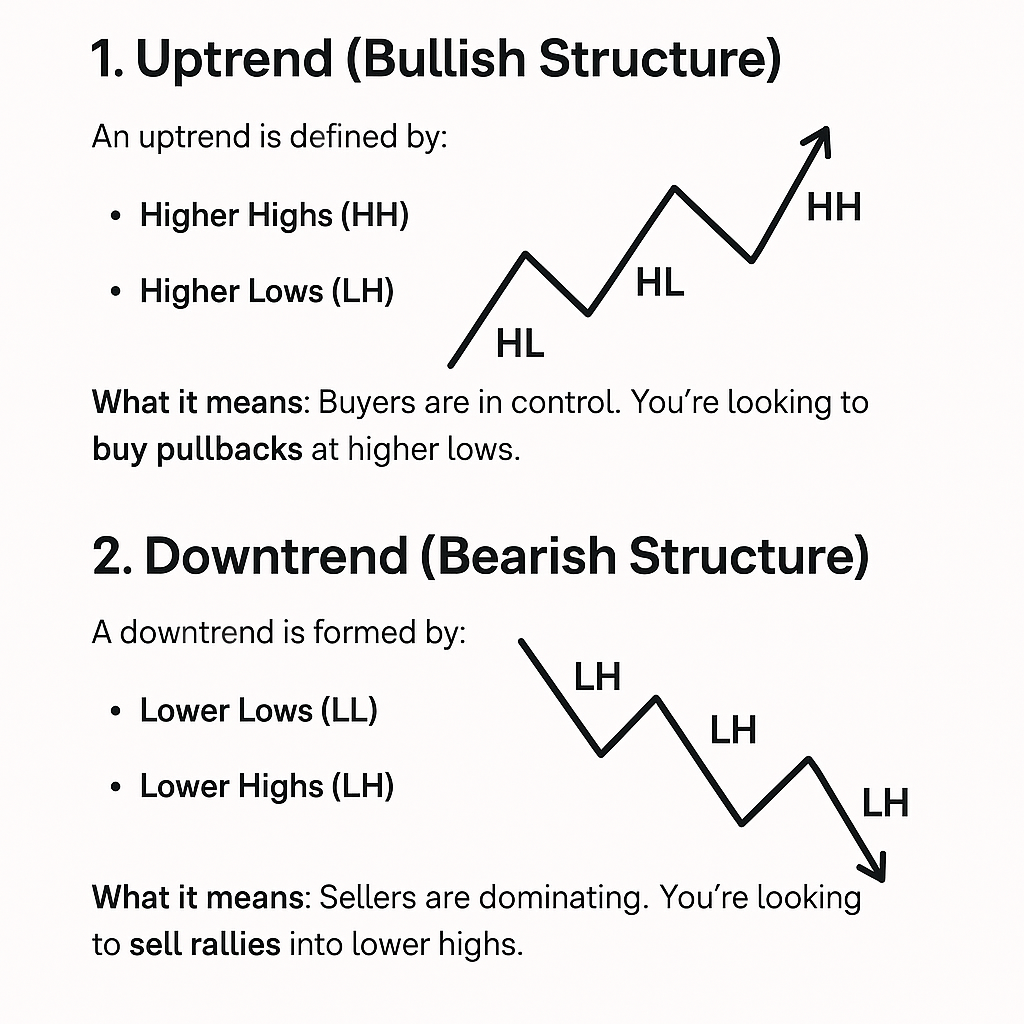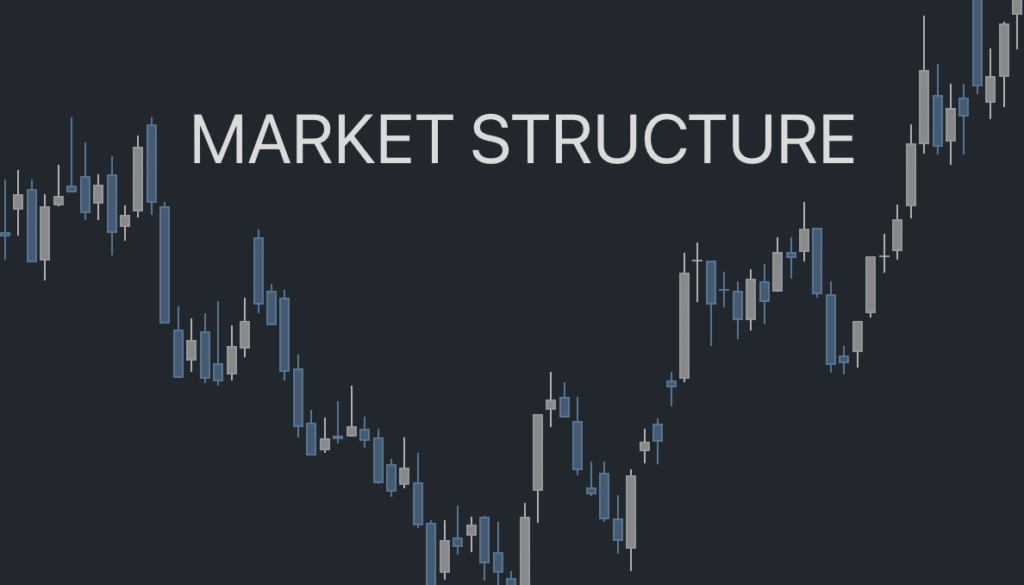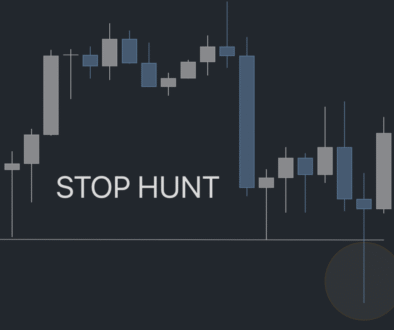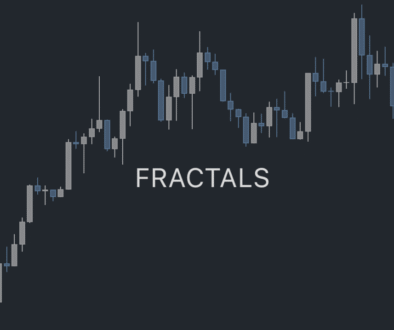Market Structure
Mastering Market Structure: The Foundation of Price Action Trading
Understanding market structure is the most important skill in price action trading. Once you learn how to read structure, you stop guessing. You no longer rely on lagging indicators or confusing strategies. Instead, you know exactly what the market is doing — and more importantly, what it’s trying to do.
What is Market Structure?
Market structure is simply how price moves — the natural flow of highs and lows on a chart. It reveals:
The current trend
When that trend is weakening
When a potential reversal may happen
Think of it as the roadmap of the market. Just by following the sequence of highs and lows, you can read the market’s story — no indicators needed.
The 3 Types of Market Structure
1. Uptrend (Bullish Structure)
An uptrend is defined by:
Higher Highs (HH)
Higher Lows (HL)
Each new push up breaks the previous high, and each pullback finds support at a higher level.
2. Downtrend (Bearish Structure)
A downtrend is formed by:
Lower Lows (LL)
Lower Highs (LH)
Each drop breaks the previous low, and each bounce fails to beat the last high.

3. Range or Consolidation
When price is moving sideways, you’ll see:
No new highs or lows
Price bouncing between a resistance and support zone
Lack of clear direction
What it means: Market is undecided. Stay patient. Either trade the breakout or fade the range edges with tight stops.
How to Identify Market Structure
Zoom Out
Use higher time frames (4H, Daily) to get context.Mark the Swings
Identify clear swing highs and swing lows.Label the Structure
Mark HH, HL, LL, LH on your chart — this removes emotional bias.
Market Structure Shift (MSS)
A Market Structure Shift happens when the existing trend breaks down:
In an uptrend, if price fails to make a higher high and breaks the last higher low → trend may reverse
In a downtrend, if price fails to make a lower low and breaks the last lower high → bulls may take control
These moments often signal early entries into trend reversals or big moves.
How to Trade Market Structure
1. Trade With the Trend
In a bullish structure (HH, HL), look for:
Pullbacks to support
Bullish candles like pin bars or engulfing patterns
In a bearish structure (LL, LH), look for:
Rallies to resistance
Bearish reversal candles
2. Use Breaks and Retests
When structure breaks, don’t chase. Instead:
Wait for price to break a structural level (like a lower high)
Wait for price to retest that same zone
Enter only on confirmation
This gives you low-risk, high-reward setups.
3. Use Structure for Stop Losses and Targets
In uptrends: Stop below last Higher Low
In downtrends: Stop above last Lower High
Target the next key level (previous high or low)
This keeps your trades logical and focused on structure.
Common Mistakes to Avoid
❌ Trading against the trend because price “feels too high or too low”
✅ Always follow the structure until it clearly breaks❌ Mistaking small pullbacks as reversals
✅ Look at higher time frames for true trend confirmation❌ Using indicators for confirmation
✅ Let price action itself give you the signal
Final Thoughts
Market structure is everything in price action trading. Once you understand it, you’ll never again rely on lagging indicators or complex setups.
You’ll:
Trade with confidence
Know exactly what the market is doing
Avoid buying tops or selling bottoms
It takes time to train your eye, but once you master structure, your trading becomes clean, calm, and consistent.





